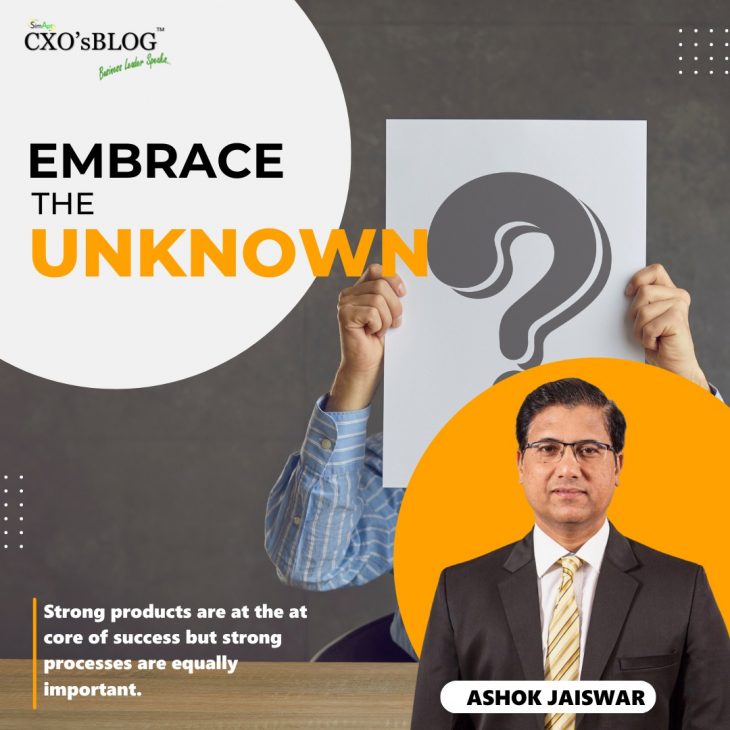Author: Ashok Jaiswar
A lot goes as investment to create a product or service. But do you know that between 70% to 90% of these either fail or derail from the pre-decided plan. Either the offering doesn’t meet requirement of consumers or they don’t find requisite value which probably leads to this situation.
So, while the dissection in terms of knowing #whatwentwrong is meticulously done, it’s equally important to put a significant amount of work to know what will make this #firsttimeright.
The product development journey is challenging in today’s world, where cut-throat competition with myriad of brands are vying for that minute second of consumer attention. It’s quite difficult, unless the product differentiation is quite stark, solid & significant.
One of the ways by which organisations can get this right is through systematic process orientation for developing new products or refreshing existing ones to stay relevant & ahead of the curve. An ideal scenario dictates filling up of feature basket with host of things but the fact remains customer may not pay for all of it. So to rationalise, prioritise & finalise essential requirements we need to conduct these consumer feedback surveys.
This will accordingly lead to mindful decisions on investment into technology, creativity, design thinking, process alignments & help plan CAPEX budgets in much better way.
Peel the onion
Today, customer journeys are far from linear, they have evolved into omnichannel and unstructured experiences, with multiple touchpoints on multiple platforms. Companies now hold a enormous amount of data, and the real skill is to break apart the silos and match it up with individual customers or affinity groups. Customers are telling you what they want; it’s time to leverage this data to fuel our knowledge of the customer.It’s not easy to cut through clutter and ‘understand the unsaid’. Usually customer interviews and discussions lead to heaps of files and tons of data. With technological intervention one can cut through this maze, try to understand patterns of behaviour for existing users and thus cull out what’s working and what’s not for their product. But not every company has invested into these technologies and hence relying on the traditional time tested methods of tapping consumers through 1-1 meets, online forums etc still remain in operation.
It’s good as you get to dig deeper, ask more questions & get to peel the onion to know the real truth.
Once we have chosen either of methods above to know what the consumer wants we can start designing as per clear, confirmed & compelling articulation from the studies.
The findings from various test panels can tell us if the change required is easy or difficult to implement and value created for customers accordingly.
There will be 4 clear zones as shown below
If we never hear feedback that we don’t expect, we’re not working hard enough.
No matter how agile and customer centric we become, there will be surprises and blind spots in our plans, because the market is very dynamic.This systemic approach of reaching out and tapping consumers beforehand will fix blind spots to quite an extent in our process, so that no crucial information gets missed again. It’s better to course correct timely because the costs of adjusting our plans or product are far less now than later when things would have been built and budgets would have been committed.
So get closer to the customer, do frequent interactions, close feedback loops, gain insights & do strong relationship building with these stakeholder panel who help you in creating & delivering sustainable competitive advantage.Not everything will still be covered. But at least the design and product teams will be armed much better and the overall value delivery can be enhanced. This will lead to richer understanding & help us to read things that are still not yet on the page.
Strong products are at the at core of success but strong processes are equally important.
